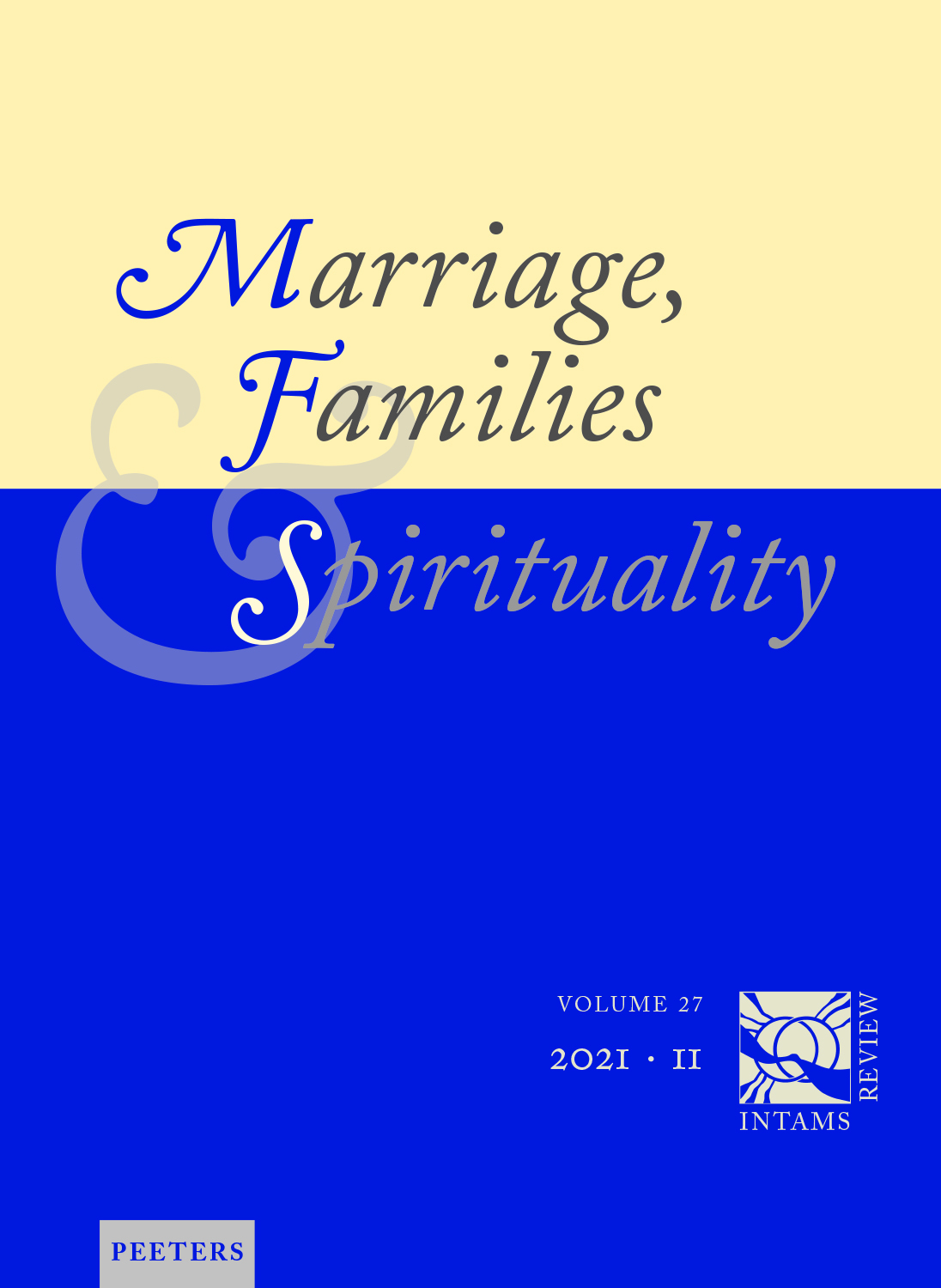 previous article in this issue previous article in this issue | next article in this issue  |

Preview first page |
Document Details : Title: The Indissolubility of Marriage in the Syro-Malabar Church Author(s): KANNIYAKONIL, Scaria Journal: Marriage, Families & Spirituality Volume: 24 Issue: 1 Date: 2018 Pages: 106-120 DOI: 10.2143/INT.24.1.3284969 Abstract : The essay explores the understanding of the indissolubility of marriage in the Syro-Malabar Church throughout its history. Taking its point of departure from the idea of oikonomia found in the Orthodox Church and the parallel concept of m’rahmanoosa/m’rahmanutha in the Indian tradition, it looks at how Thomas Christians understood marital breakdown in its history. The article first sets forth the various canonical decisions on marriage throughout the history of the church up until the sixteenth century. It shows that while these canonical sources always upheld the permanence of the marriage bond, with reference to Matthew and Ephesians, a possible breakdown was always foreseen. In the earlier texts, the only cause given for breakdown, and thus the possibility for remarriage, was adultery, while in later texts additional reasons were given as to why a marriage would no longer function. Both the offended party and the offending party were admitted to a second marriage, the latter when true repentance was shown. The article next examines the ancient marriage liturgy and shows that this same duality is present. The permanence of the marriage bond is celebrated as taking place within the bond between Christ and the Church. Yet, at least one version of the marriage rite specifically mentions adultery as a cause for marital breakdown. The liturgy also prays for the success of the marital union, showing that this success lies in the hands of the spouses. The next part of the article deals with the transformation of marriage theology and practice that came with the Latinization of the Syro-Malabar Church at the Synod of Diamper. There the indissolubility of marriage was decreed in its Tridentine form and the marriage liturgy instituted was a translation of the Tridentine liturgy. The final part of the article looks at the renewal in the marriage liturgy in recent years. The restoration of the ancient liturgy is seen as the opening of the possibility of a restoration of the ancient theology and practice of marriage. With the recent highlighting of the need for the pastoral care of divorced Christians at the synods of bishops and in Amoris laetitia, the article proposes that the ancient practice among the St. Thomas Christians in such situations may be a valid response in an Indian context. |
|


